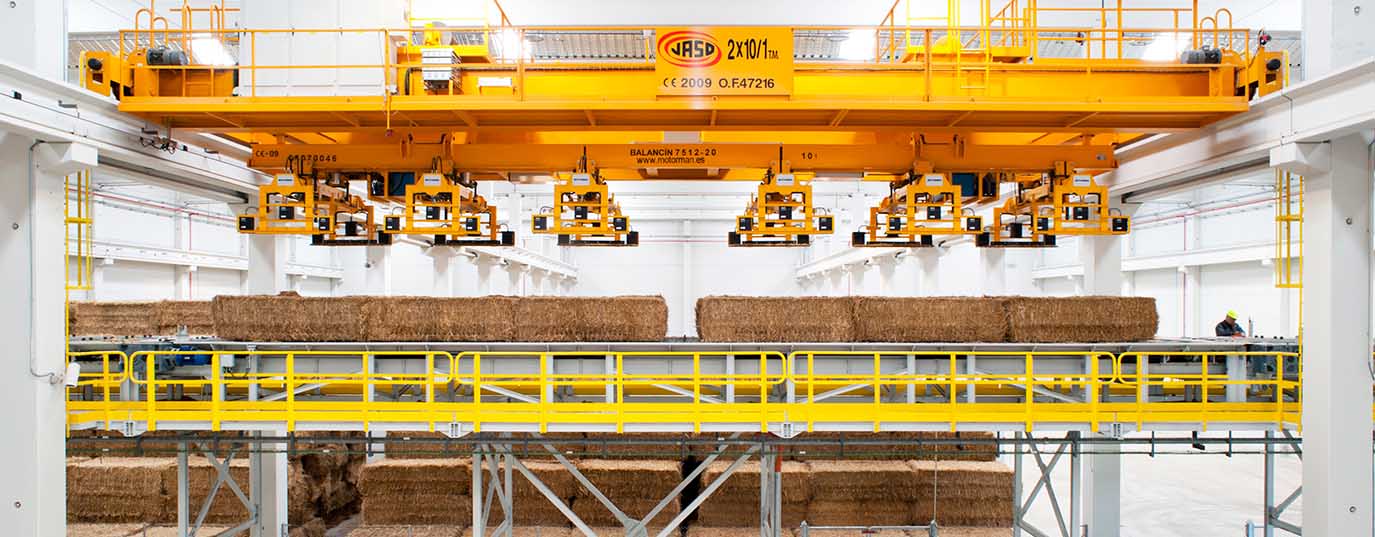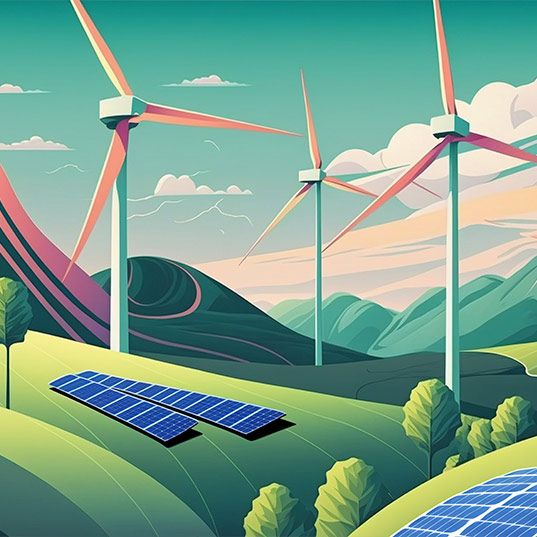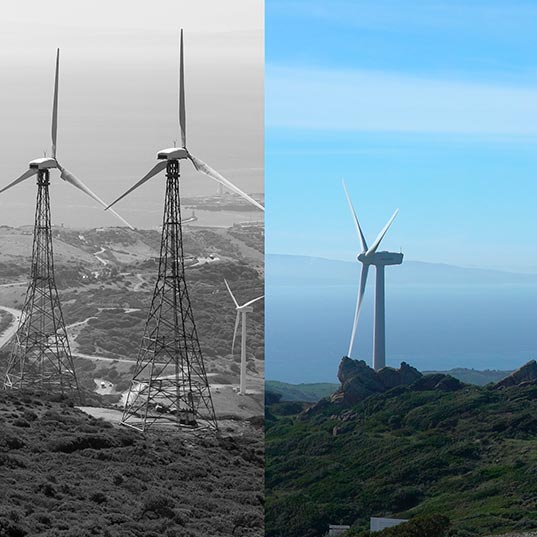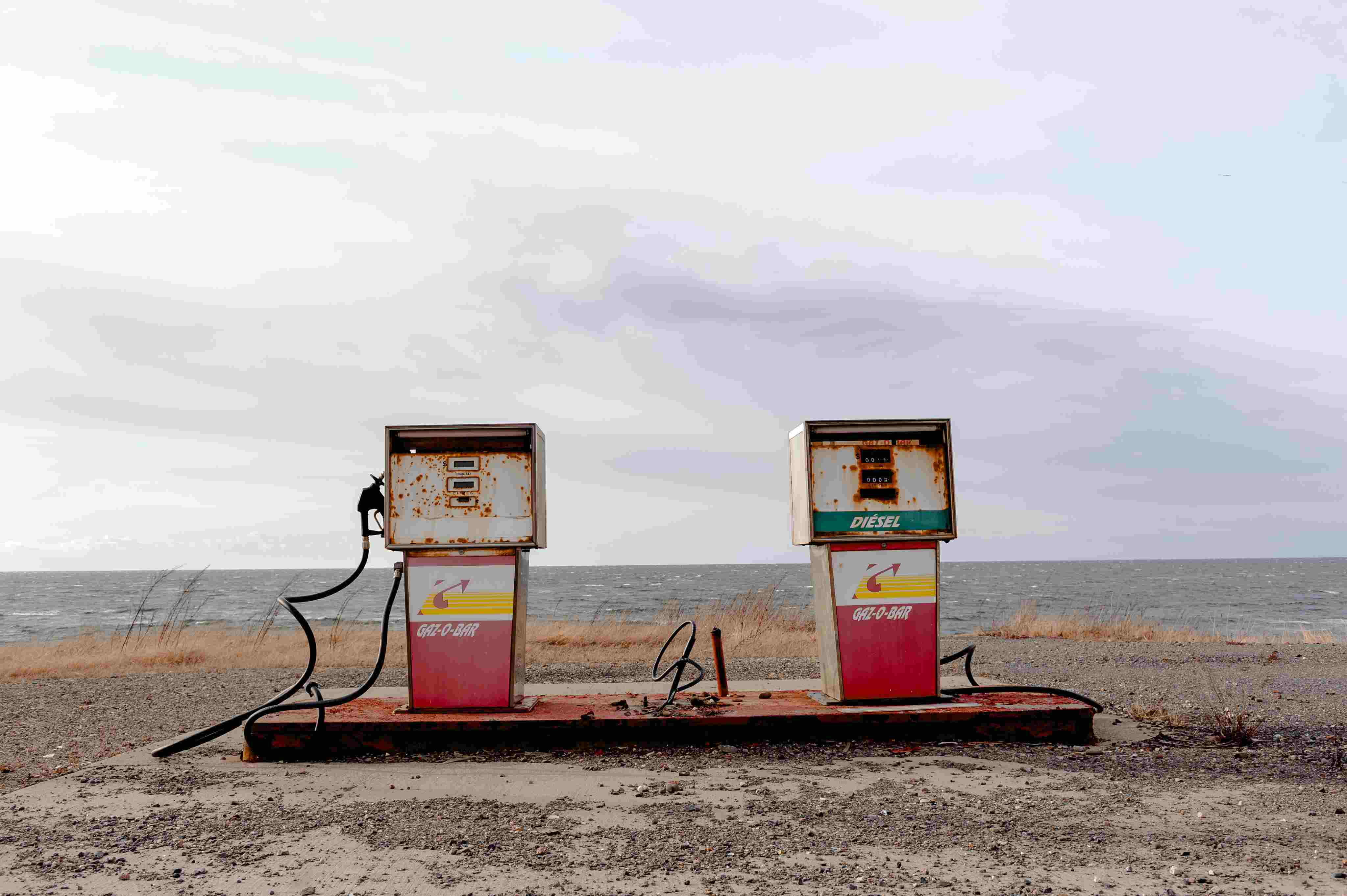How biomass energy works?
Biomass energy consists in using organic material as an energy source. Wood is the most commonly used material
Biomass energy consists in using organic material as an energy source. Wood is the most commonly used material: splinters, pellets, sawdust...
It is a type of energy production that is cheaper, renewable and with less emissions by its form of combustion. In addition, it helps to keep the forests clean so it helps in fire prevention.
How is biomass processed?
Boilers are used where the material is burned little by little, which also generates ashes that can be used later as fertilizer. If an accumulator is installed, the surplus heat generated can be stored.
What is it used for?
It is generally used to generate heat, and at industrial level sometimes for electricity, although it is a more laborious process. Biomass boilers can be installed in homes, for heating (under floor heating) and heating water.
Advantages of biomass
100% Renewable, reduce the use of fossil fuels helping to reduce carbon footprints, create employment and development in rural areas, materials from other activities are reused which results in recycling and waste elimination, decreases external dependency on the supply of fuel and currently, we can say that there is reliable technology at competitive costs.
What factors benefit biomass?
The use of biomass as an alternative source of clean energy has been considerably helped by a number of factors:
- Rising oil prices
- Growth of agricultural production
- Climate change
- Increased technical preparation and scientific knowledge in renewable energy research
- Economic scenario conducive to the exploitation of biomass plants
- Bureaucratic bureaucracy to another type of renewable energy promotion
For these reasons, many countries opt to use biomass plants, with Europe being the main focus of action with the five largest plants in the world in England, Poland and three in Finland.







